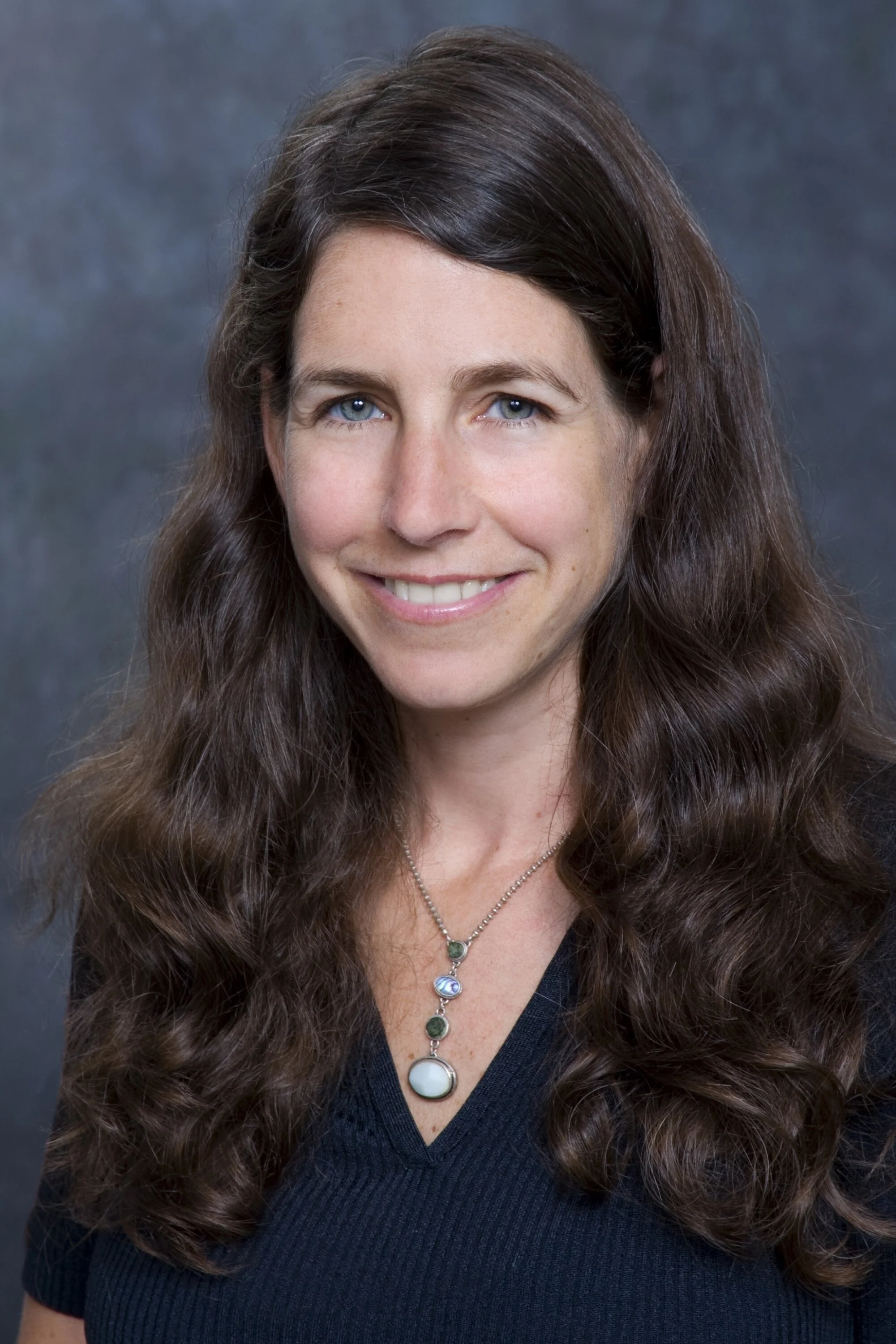Point of Origin Episode 25
Spoiled Milk
“This is about money. This isn’t about trying to promote health because we have so many medical and scientific papers and research that demonstrate that drinking milk is harmful to health.”
Professor Andrea Freeman
Image Credit: Quentin Lebeau
On episode 25 of Point of Origin, we discuss how milk is the perfect microcosm for the many maladies plaguing our corporate food system. Currently, in the US an estimated 2.7 million - 3.7 million gallons of US milk is dumped every day as a result of the Covid-19 pandemic. We investigate why. Join us as we uncover the politics rife in the US food systems, the everlasting systemic problem of money shaping policy, and how the joint actions of industry and government led to the creation and perpetuation of health disparities. Helping us navigate this landscape is Andrea Freeman, author of The Unbearable Whiteness of Milk: Food Oppression and the USDA.
Available on Apple Podcast, Spotify, & iHeartRadio
Highlights
( 00:00 ) Introduction
( 02:50 ) Racism in the Milk Industry
( 07:45 ) Money in the Milk Industry
( 10:55 ) Milk Dumping during COVID-19
( 13:40 ) USDA’s Negative Affects on Students
( 19:55 ) The Marketing of Milk
( 24:32 ) Baby Formula in America
( 29:15 ) The Future of the Dairy Industry
( 32:20 ) Closing Remarks from Stephen
Nutritional Racism and
Lactose Intolerance
Image Credit: Quentin Lebeau
“We actually look at it as a negative, and call it ‘lactose intolerance’, which is what most people have because it’s actually unusual to be able to digest milk past breast feeding age. But as with many things, white people are the ones who do it the most, so that becomes the normal, baseline, and anything that diverges from that, even though it’s the common thing, is seen as some kind of anomaly, and given this negative name of lactose intolerance.”
Characterizing lactose intolerance as abnormal appears to reflect the belief that the experiences of whites define the baseline of normal, and any departure signifies an unusual and undesirable condition.
The group study charts of which people in the world can digest milk, and see this as a symbol of their greater health, greater strength, and that idea was first promoted in the 1920’s by the National Dairy council, by the Agricultural Association of New York, in pamphlets that explicitly associate Arians and white people that drink milk with the strongest, the most intelligence, the greatest culture
Quote from Pamphlet:
“the people who have used liberal amounts of milk and its products [meaning white people], are progressive in science in every activity of the human intellect.”
The Dumping of milk During a Pandemic
Image Credit: Quentin Lebeau
“The dairy farms did not have a way to repackage their milk into smaller containers to send to a food bank or a grocery store, so this is what led to the dumping of the milk because there was just no way to get it to consumers or individuals. That’s a pivot that would take a lot of infrastructural change, that wasn’t possible on such short notice.”
Currently, farmers have had to resort to milk dumping because of a precipitous drop in demand from schools, restaurants and other food service providers, which have been mandated to close their doors to stop the spread of the coronavirus pandemic. The sudden shift in demand means that dairy farms across the country have an excess of milk. Between 2.7 million and 3.7 million gallons of US milk could be dumped per day as a result of the crisis, the Dairy Farmers of America, a major dairy co-operative, estimated. Because farmers are not able to stop milking their cows, dumping becomes inevitable.
Dairy groups are scrambling to figure out ways to prevent more milk from going to waste without further harming the industry.
The National Milk Producers Federation and the International Dairy Foods Association have estimated that supply exceeds demand by at least 10% and have asked the USDA to provide financial incentives to dairy farmers to reduce their supply by that much for about six months. They've also asked the USDA to compensate dairy farmers for the discarded milk for about three months.
The groups are asking the government to purchase dairy products and donate them to food banks, a way to both feed people in need and prevent demand from plummeting further.
“Most people know from our personal, physical experiences,that milk is not a great product for us, but then a lot of research has come out showing that not only is it not nutritious, but it’s harmful, and it has no health benefits.”
Andrea Freeman
The Alternative Milk Market
Image Credit: Quentin Lebeau
The showdown between dairy and nondairy milks has been a long time coming. Consumption of conventional milk has been cratering since the 1950s, a product of both modern concerns about fat and the explosion of consumer beverage options after World War II. In more recent years, sales of, first, soy milk and later almond, cashew, rice, coconut and quinoa milks, have steadily eaten into dairy milk’s already shrinking market share. According to Nielsen, almond-milk sales grew 250 percent between 2011 and 2016, a period when the milk market shrank by $1 billion.
Even with a set price, Americans still aren’t buying milk in the volume farmers say they need to turn a profit. Since 1975, milk consumption per capita has dipped roughly 40 percent, according to data from Nielsen, and between 2010 and 2018, sales of milk dropped by 13 percent. The already-low price of milk, which is set by the federal government, is projected to drop even further this year.
Despite this surge, almond milk only accounts for 5 percent of the total milk market, but the dairy milk industry is taking notice and aim, even creating ads in an effort to portray almond milk as “less than”.
Andrea Freeman’s Book
Skimmed: Breastfeeding, Race and Injustice
Born into a tenant farming family in North Carolina in 1946, Mary Louise, Mary Ann, Mary Alice, and Mary Catherine were medical miracles. Annie Mae Fultz, a Black-Cherokee woman who lost her ability to hear and speak in childhood, became the mother of America's first surviving set of identical quadruplets. They were instant celebrities. Their White doctor named them after his own family members. He sold the rights to use the sisters for marketing purposes to the highest-bidding formula company. The girls lived in poverty, while Pet Milk's profits from a previously untapped market of Black families skyrocketed.
Over half a century later, baby formula is a seventy-billion-dollar industry and Black mothers have the lowest breastfeeding rates in the country. Since slavery, legal, political, and societal factors have routinely denied Black women the ability to choose how to feed their babies. In Skimmed, Andrea Freeman tells the riveting story of the Fultz quadruplets while uncovering how feeding America's youngest citizens is awash in social, legal, and cultural inequalities. This book highlights the making of a modern public health crisis, the four extraordinary girls whose stories encapsulate a nationwide injustice, and how we can fight for a healthier future.
Meet our Guest
About Andrea Freeman
Professor Freeman writes and researches at the intersection of critical race theory and food policy, health, and consumer credit. Much of her work explores her pioneering theory of food oppression, which examines how facially neutral food-related law and policy, influenced by corporate interests, disproportionately harm marginalized communities. She is the author of Skimmed: Breastfeeding, Race, and Injustice and the recipient of the 2020-21 Fulbright King's College London US Scholar Award.






